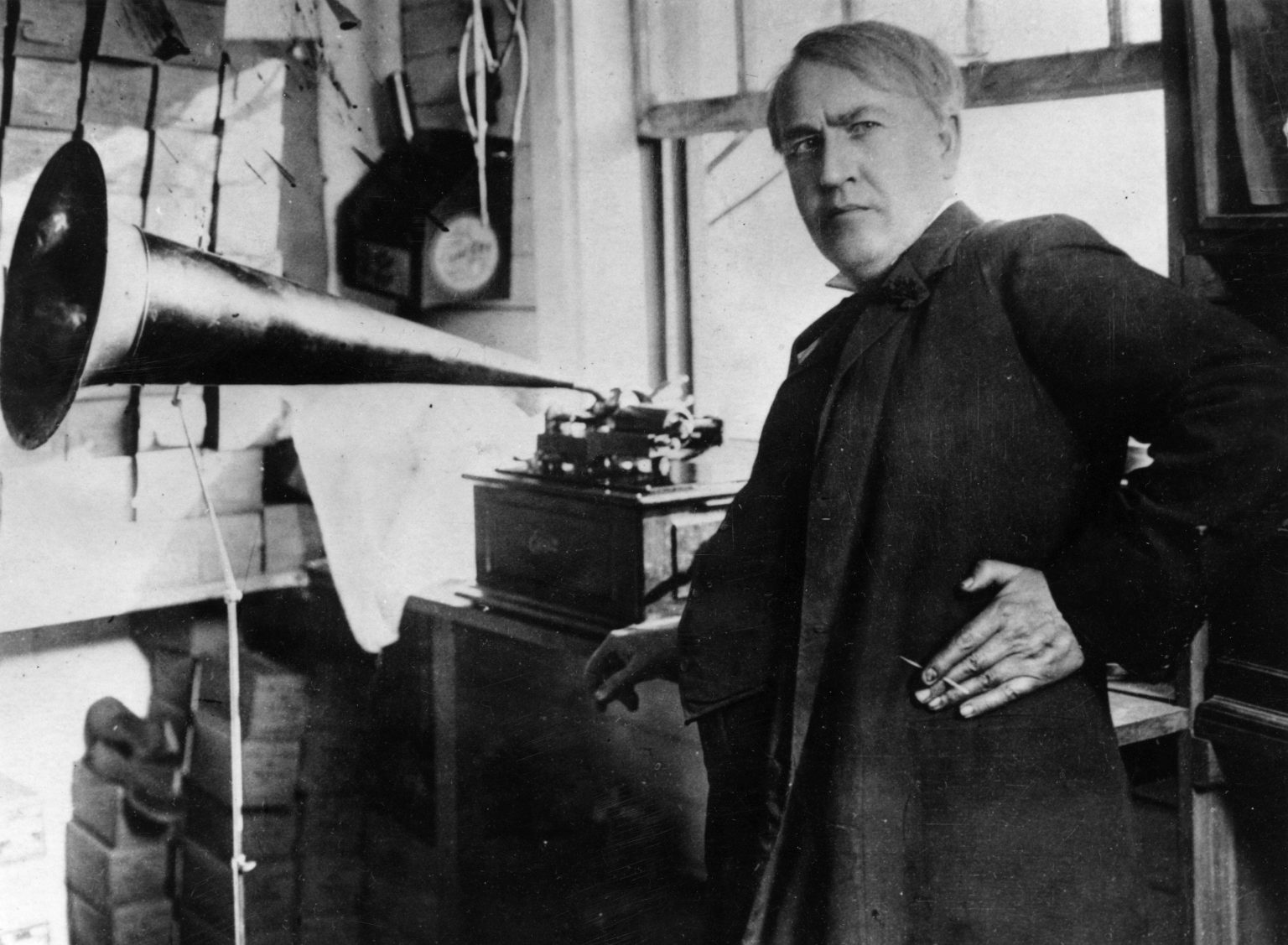Thomas Alva Edison, known as the Wizard of Menlo Park, invented the phonograph on August 12, 1877, at his New Jersey laboratory. This invention marked the beginning of a new era of light and sound for humankind. The phonograph, an early version of the record turntable, became the predominant form of music media in the 20th century and remains popular today. Edison predicted in 1878 that the phonograph would be widely used for music, a prediction that proved to be stunningly accurate.
Edison’s phonograph not only played sounds but also recorded them. The Library of Congress recounts that he tested the machine by speaking the nursery rhyme “Mary had a little lamb” into the mouthpiece, and was amazed when the machine played his words back to him. This invention revolutionized how people experienced music, introducing the concept of on-demand listening where individuals could enjoy the music they wanted whenever they desired. The phonograph was created during a period of intense innovation for Edison, during which he also invented the telephone transmitter and the incandescent lamp.
Subsequent versions of the phonograph were known as the gramophone, with its distinctive horn shape inspiring the name and design of the Grammy Awards presented by the Recording Academy since 1959 to honor outstanding achievements in music. While the date of the phonograph’s invention has been disputed, with some historians suggesting it may have occurred later than August 12, 1877, Edison officially received a patent for the device on February 19, 1878. This invention fundamentally changed the landscape of music, media, and the way humans interact with sound, as it allowed for the recording and reproduction of the human voice and other sounds in a permanent form.
Edison’s vision of a device that could capture and play back sounds has had a lasting impact on society. The invention of the phonograph paved the way for modern forms of audio media and recording technologies that we still use today. Its influence can be seen in the continued popularity of record players, the prevalence of digital music streaming services, and the production of high-quality sound recordings. Edison’s pioneering work in the field of sound recording laid the foundation for the development of the music industry, shaping the way we consume and share music in the modern world.
The phonograph patent application filed by Edison articulated a vision for the device that transcended its time, aiming to record the human voice and other sounds in permanent characters that could be reproduced and heard again in the future. Edison’s aspiration was to preserve and share sound in a way that had never been possible before, demonstrating his foresight and innovative thinking. The invention of the phonograph not only revolutionized the music industry but also transformed the way people communicate, learn, and entertain themselves through sound, leaving a lasting legacy that continues to resonate today.
The enduring impact of Thomas Edison’s invention of the phonograph is evident in the rich tapestry of music history and the evolution of sound recording technology. From the gramophone to the digital age, the phonograph laid the foundation for the development of countless innovations in audio technology and the music industry. Edison’s pioneering spirit and vision for capturing and reproducing sound have shaped the way we experience and appreciate music, underscoring the profound influence of his creative genius on the world of entertainment and communication. As we celebrate the anniversary of the phonograph’s invention, we are reminded of Edison’s remarkable legacy and his enduring contributions to the realm of sound and music.


